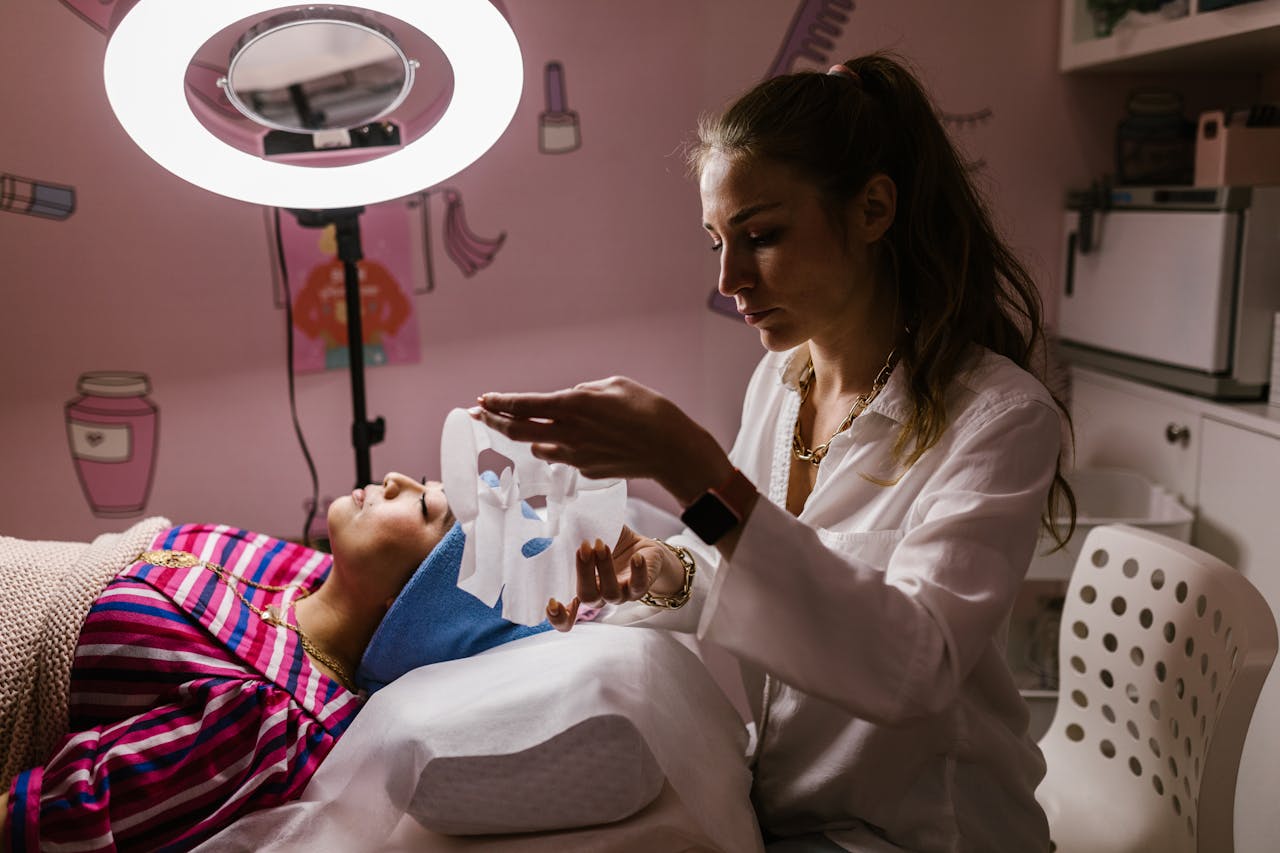
Tips for Choosing the Right Permanent Makeup Training Program Tips for Choosing the Right Permanent Makeup Training Program
Permanent makeup has become a game-changer in the beauty industry, offering clients long-lasting solutions for enhancing their natural features. However, mastering this skill requires proper training from qualified professionals who can guide you through the technical and artistic aspects of the craft. MAJ Permanent Make-Up is one example of a program that has molded some of the best in the industry. With countless training programs flooding the market, selecting the right one can feel overwhelming. Your choice will directly impact your career trajectory, client satisfaction, and professional reputation. Smart decisions at this stage can save you from costly mistakes and set you up for success. Let’s explore the key factors that separate exceptional training programs from mediocre ones.
Research the Instructor’s Background and Credentials
Your instructor’s expertise forms the foundation of your learning experience. Look for trainers who have extensive hands-on experience in permanent makeup applications, not just theoretical knowledge. Check their portfolio to see real client work, before-and-after photos, and evidence of their artistic abilities. A solid instructor should hold proper certifications from recognized institutions and maintain current licenses in their field. Ask about their teaching experience specifically, as being skilled at permanent makeup doesn’t automatically translate to being an effective educator. The best instructors combine technical mastery with the ability to break down complex concepts into digestible lessons.
Evaluate the Curriculum Structure and Hands-On Practice
A comprehensive curriculum should cover anatomy, color theory, skin types, sanitation protocols, and various permanent makeup techniques. The program should balance theoretical knowledge with practical application, giving you ample time to practice live models under supervision. Quality programs typically span several days or weeks, allowing proper skill development rather than rushing through material. Look for courses that include business training, client consultation skills, and aftercare procedures. The training should also address different skin tones and facial structures to prepare you for a diverse clientele. Programs that offer ongoing support after completion demonstrate commitment to your long-term success.

Examine Equipment Quality and Learning Materials
Professional-grade equipment makes a significant difference in your learning experience and future practice. Training programs should provide access to high-quality machines, needles, and pigments that you’ll encounter in real-world applications. The learning environment should mirror actual working conditions with proper lighting, comfortable workstations, and sterile equipment. Quality programs often include starter kits or equipment packages, but verify what’s included and whether it meets industry standards. Ask about the brands and models used during training, as familiarity with reputable equipment will benefit your career. Programs that skimp on equipment quality often produce graduates who struggle with technique and client satisfaction.
Consider Certification, Support, and Career Placement
Legitimate training programs should offer recognized certifications that hold weight in the beauty industry. Research whether the certification is accepted by insurance companies, licensing boards, and potential employers in your area. Post-training support separates excellent programs from average ones, including mentorship opportunities, refresher courses, and ongoing education. Some programs offer job placement assistance or help with setting up your practice. Consider the program’s reputation among …
